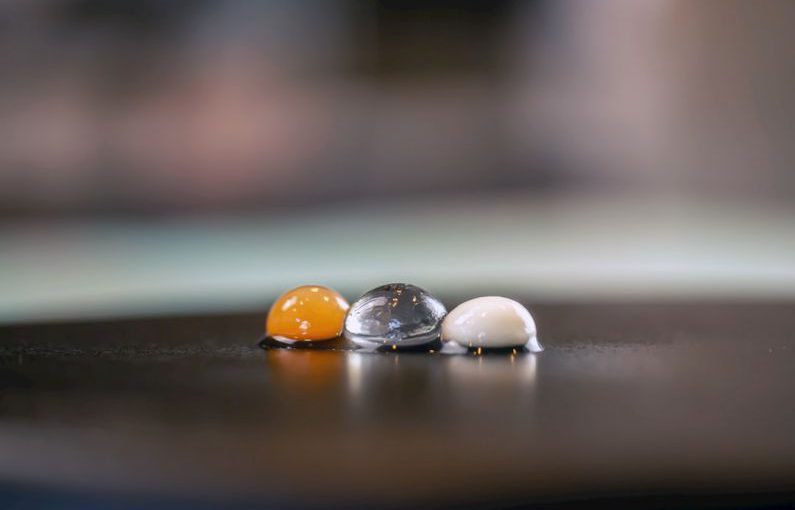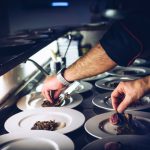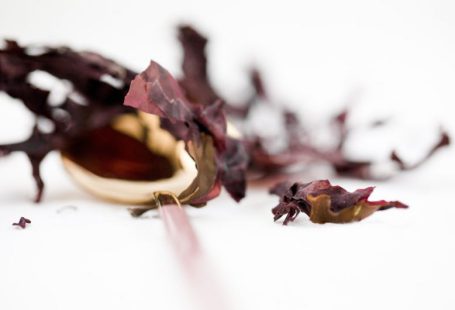In a world where culinary experiences are becoming more sophisticated and experimental, the art of food pairing has taken center stage. No longer is it just about combining flavors that complement each other, but rather a deeper exploration into the science behind why certain ingredients work harmoniously together. This is where the magic of molecular gastronomy comes into play, revolutionizing the way we think about food and flavor combinations.
Exploring Flavor Affinities
At the heart of food pairing lies the concept of flavor affinities – the idea that certain ingredients share similar flavor compounds and therefore pair well together. This concept is based on the science of aroma compounds, which are responsible for the flavors we perceive when we eat. By understanding the molecular structure of these compounds, chefs can create dishes that not only taste delicious but also evoke a sensory experience that is truly unforgettable.
One of the pioneers of this approach is the renowned chef Heston Blumenthal, who has made a name for himself by pushing the boundaries of traditional cooking through his innovative use of molecular gastronomy techniques. Blumenthal’s dishes are not just about taste, but about engaging all the senses to create a multi-dimensional culinary experience.
Creating Surprising Combinations
One of the most fascinating aspects of food pairing is the ability to create surprising combinations that challenge our preconceived notions of what goes well together. By using scientific principles to guide their choices, chefs can come up with pairings that may seem unconventional but are actually backed by solid reasoning.
For example, the pairing of chocolate and blue cheese may sound strange at first, but when you consider that both ingredients contain compounds that give them a nutty, savory flavor profile, the combination starts to make sense. The result is a harmonious blend of sweet and savory that delights the palate in unexpected ways.
Experimenting with Techniques
Molecular gastronomy has opened up a world of possibilities for chefs to experiment with techniques that were once thought to be reserved for the realm of science labs. From using liquid nitrogen to create instant ice creams to spherification techniques that turn liquids into edible pearls, the boundaries of what is possible in the kitchen have been stretched to new limits.
These techniques not only add a visual element to dishes but also enhance the overall dining experience by introducing textures and flavors that would be impossible to achieve through traditional cooking methods. By combining art and science, chefs are able to create dishes that are not only delicious but also visually stunning and intellectually stimulating.
Pushing the Boundaries of Taste
At its core, the science of food pairing is about pushing the boundaries of taste and challenging our perceptions of what is possible in the culinary world. By embracing the principles of molecular gastronomy, chefs are able to create dishes that are truly unique and unforgettable, leaving diners with a newfound appreciation for the art of cooking.
By understanding the science behind flavor affinities and experimenting with innovative techniques, chefs are able to unlock a world of possibilities that go beyond the constraints of traditional cooking. The result is a culinary experience that is as much about education and exploration as it is about enjoyment, making food pairing a truly magical journey into the world of molecular gastronomy.
Innovating the Culinary Landscape
As chefs continue to push the boundaries of what is possible in the kitchen, the world of food pairing is set to evolve even further. With advances in technology and a growing interest in the science behind flavor combinations, we can expect to see even more exciting and innovative dishes that challenge our taste buds and expand our culinary horizons.
The magic of molecular gastronomy lies not just in the flavors and textures it creates, but in the way it encourages us to think differently about food and cooking. By embracing this scientific approach to gastronomy, chefs are able to innovate the culinary landscape in ways that were once thought to be impossible, opening up a world of possibilities for the future of food.
In conclusion, the science of food pairing is a truly magical journey into the world of molecular gastronomy, where chefs are able to create dishes that challenge our perceptions of taste and push the boundaries of what is possible in the kitchen. By understanding the principles of flavor affinities and experimenting with innovative techniques, chefs are able to unlock a world of possibilities that go beyond traditional cooking, creating dishes that are as intellectually stimulating as they are delicious. As we continue to explore the science behind food pairing, we can look forward to a future filled with exciting and innovative culinary experiences that will forever change the way we think about food.





